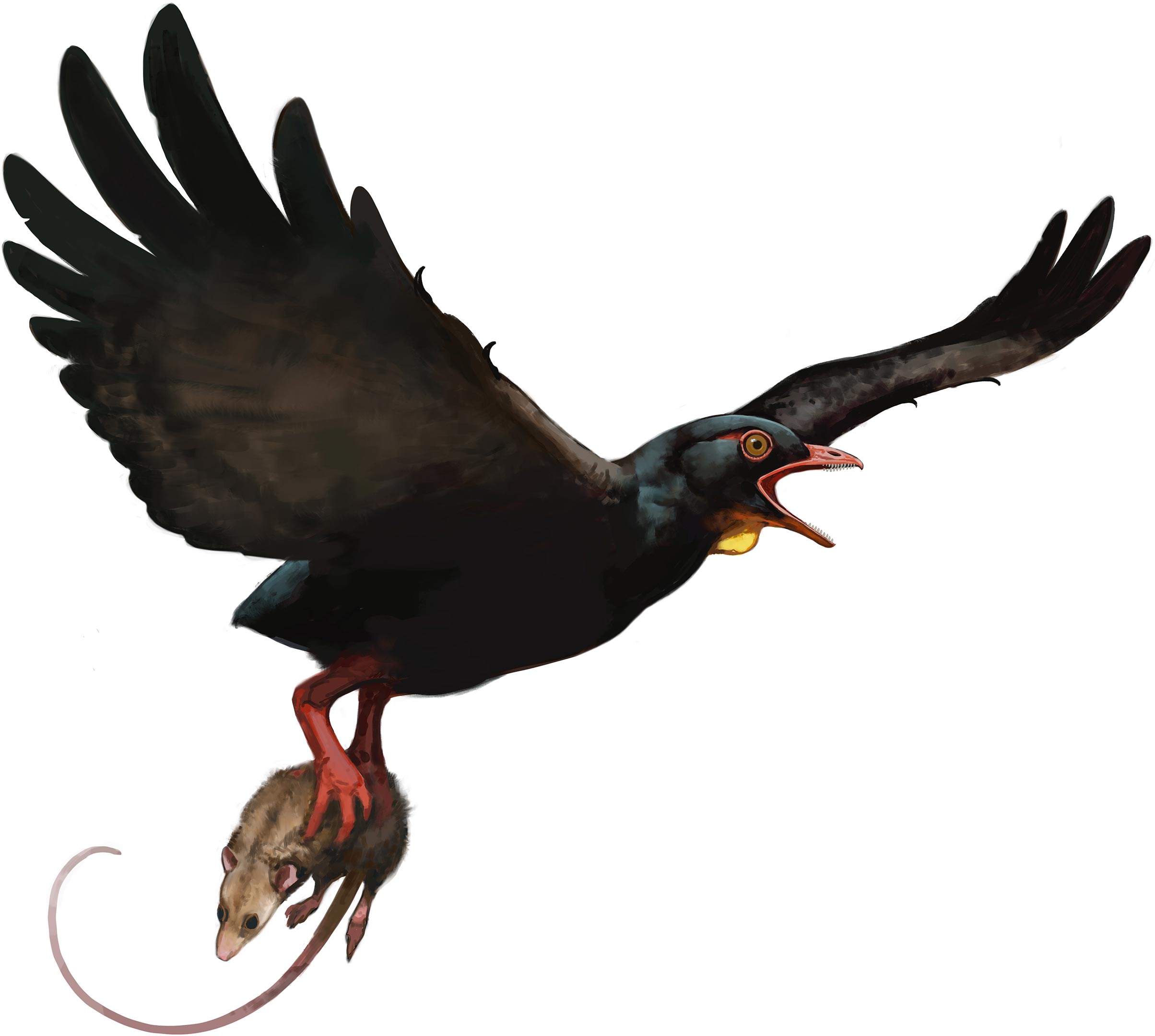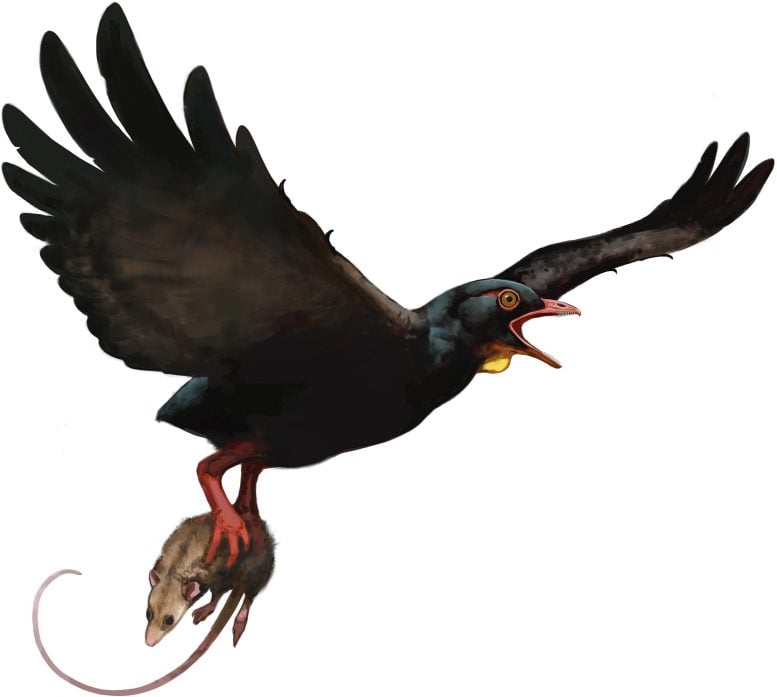

Researchers identified three new species of large, hawk-sized enantiornithine birds from the Late Cretaceous period in Montana, highlighting an evolution towards greater size and diversity in ecological roles, akin to modern raptors.
Three newly discovered ancient birds from the Late Cretaceous period in North America were hawk-sized and had powerful raptor-like feet, according to new research published in the journal PLOS ONE by Alexander Clark of the University of Chicago, U.S. and his colleagues.
Cretaceous Avian Diversity
During the Cretaceous Period, the most diverse group of birds were the now-extinct enantiornithines, known worldwide during this time. However, enantiornithines and other Mesozoic birds are mainly known from Lower Cretaceous deposits, with a relatively poor record from the Late Cretaceous. Thus, there is a general lack of understanding of trends in bird evolution toward the end of the Mesozoic Era.
New Discoveries in Montana
In this study, Clark and colleagues describe three new enantiornithine birds from fossils found in the Hell Creek Formation of Montana, dating to the latest Cretaceous Period (68 – 66 million years ago, shortly before the mass extinction that wiped out non-avian dinosaurs and enantiornithines). All three fossil birds are identified from lower leg bones. Two are new species named Magnusavis ekalakaensis and Avisaurus darwini, while the third is an unnamed species of Avisaurus.
Evolutionary Insights from Late Cretaceous Birds
These birds are all larger than Early Cretaceous enantiornithines, with Avisaurus darwini estimated to have weighed over one kilogram, roughly the size of a large hawk. Analysis of the leg bones of Avisaurus and its relatives reveals proportions and adaptations similar to hawks and owls, indicating powerful leg muscles and feet that could grip and potentially carry proportionally large prey, similar to some modern raptorial birds.
Conclusion: Implications of Fossil Discoveries
These fossils expand the known diversity of Late Cretaceous birds, confirm the trend toward large body size, and highlight how, over time, enantiornithines evolved a greater diversity of ecological roles. This study emphasizes how even fragmentary fossils can reveal important ecological information and be used to clarify evolutionary trends.
The authors add: “Avisaurids, a group of enantiornithine birds from the latest Cretaceous, exhibit hindlimb features indicating strong ankle flexion, which suggests the ability to carry heavy prey and behaviors similar to living raptorial birds.”
Reference: “New enantiornithine diversity in the Hell Creek Formation and the functional morphology of the avisaurid tarsometatarsus” by Alexander D. Clark, Jessie Atterholt, John B. Scannella, Nathan Carroll and Jingmai K. O’Connor, 9 October 2024, PLOS ONE.
DOI: 10.1371/journal.pone.0310686

